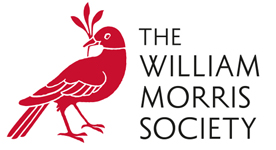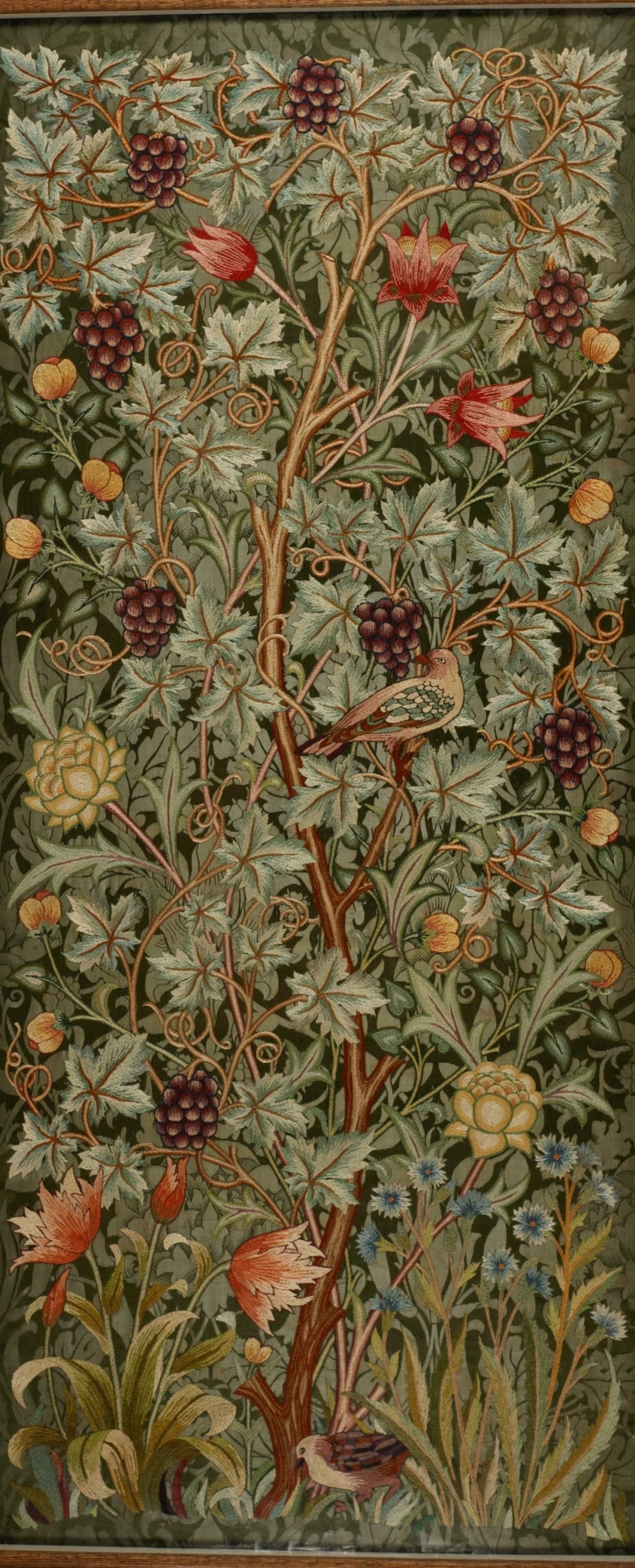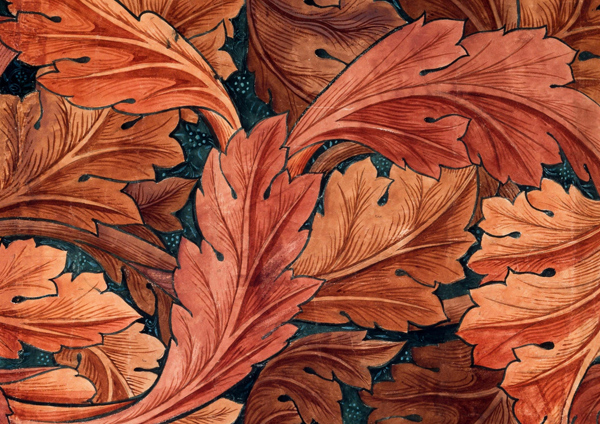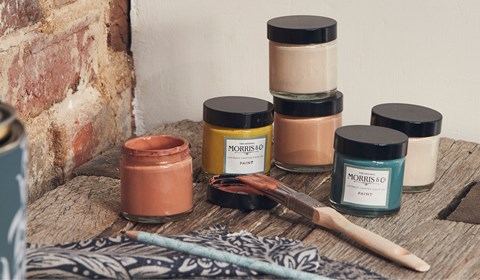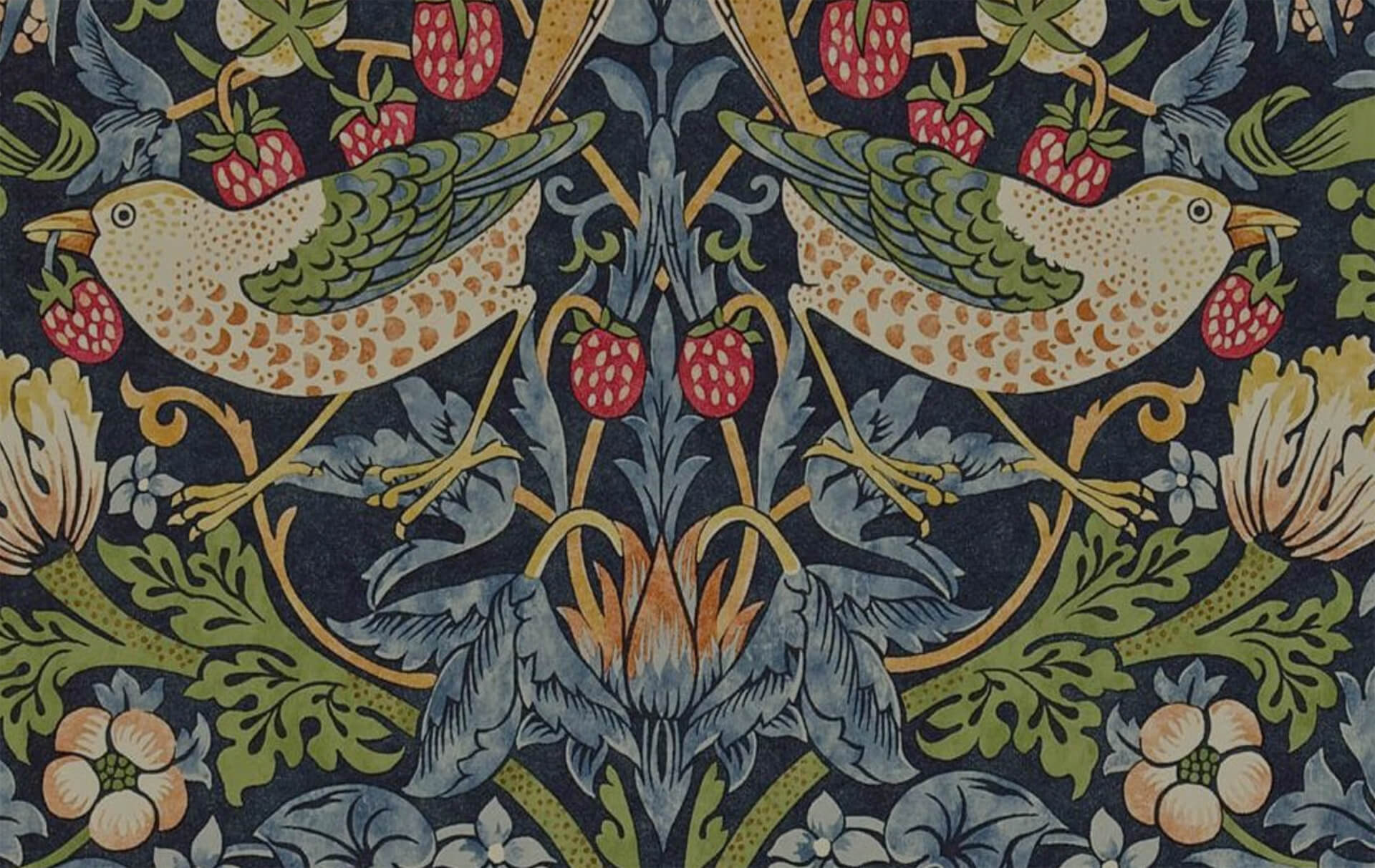Visit our Museum
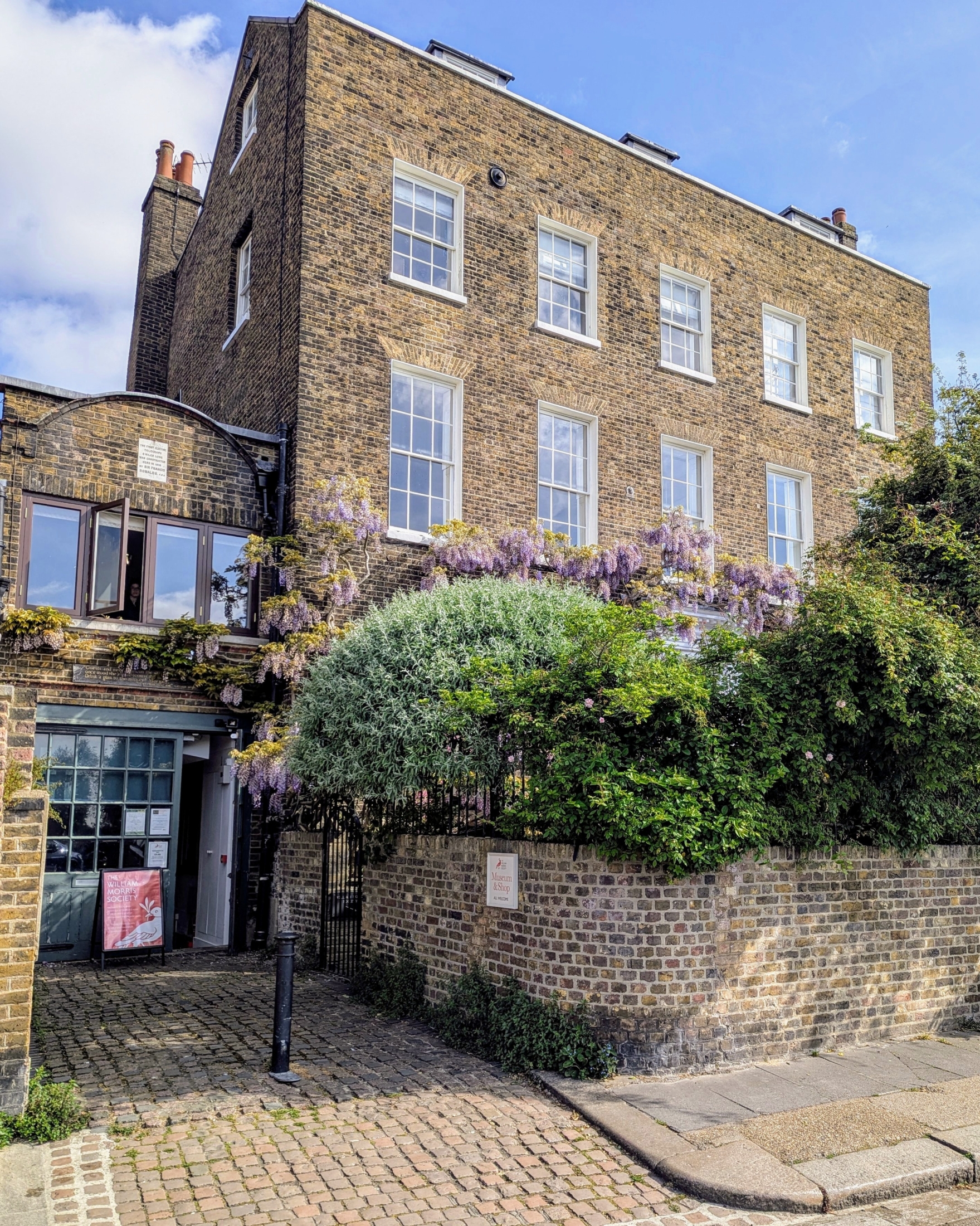
The Society’s small museum is in the coach house and basement rooms of Kelmscott House. William Morris lived at Kelmscott House from 1878 until his death in 1896 and the main section of the house is still a home today.
Visiting Us
The Museum is open Thursday, Saturday, and Sunday from 2-5pm.
Entry is £3.50 and free to local residents, members, and children under 16.
Tel: +44 (0)208 741 3735
Email: wmsadmin@williammorrissociety.org
Address: The William Morris Society, 26 Upper Mall, Hammersmith, W6 9TA
Our closest tubes are Ravenscourt Park (10min walk) on the District Line or Hammersmith (15min walk) on the District, Circle, Hammersmith & City and Piccadilly Lines.
The Society’s premises are open on Thursday, Saturday and Sunday afternoons from 2-5pm and at other times by appointment. There is a £3.50 entry to the museum. Entry is free for Hammersmith & Fulham residents, WMS members, and children under 16. School groups and private tours are welcomed. Please note that the Society’s premises are in the coach house and basement. Kelmscott House itself is privately owned and not open to the public.
The coach house is now our seasonal exhibition space. We hold events and exhibitions of work by Morris and those inspired by him but much has happened in this room; Morris started to weave his first carpets here, and when he became active in politics, the coach-house became the meeting place for the Hammersmith branch of the Socialist League.
Our basement rooms have an extensive Morrisian reference library, showcase changing displays from our collection as well as Morris’s original Albion printing press used in the production of the Kelmscott Press Chaucer, Morris’s last great creation.
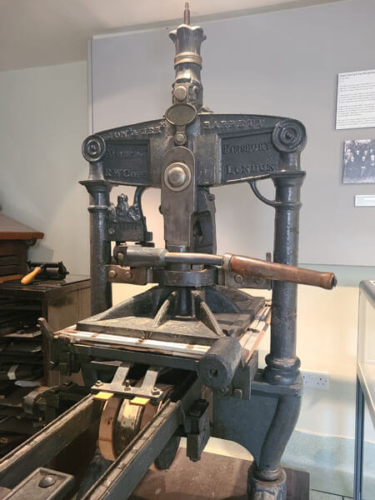
The majority of The William Morris Society’s collection originates from the generous legacy of Mrs Marion Helena Stephenson, who also bequeathed Kelmscott House to the Society as a fitting location to study and appreciate her artefacts.
We hold the archives of the Society, the Kelmscott Fellowship and the Women’s Guild of Arts. Founded in 1918 with May Morris as its first President, Emery Walker and AH Verstage, the Kelmscott Fellowship was the forerunner of The William Morris Society, and they merged in 1966. With May Morris as its first President, the Fellowship aimed to keep Morris’s legacy alive through a series of events and exhibitions, and through an active membership which included Walter Crane, Georgiana Burne-Jones and Emery Walker. The Women’s Guild of Art was established in 1904 as a reaction to the lack of professional art organisations willing to admit women. May Morris was responsible for organising the lectures and events that appealed to a wide range of craftswomen. The Women’s guild of Art archive includes minutes of meetings, accounts, membership lists, and lectures.
The collection contains a number of Kelmscott Press titles and working proofs as well as the only printing press used by Morris left in the country. Dating from c.1835 it is fully operational and be seen in demonstration at special events such as Open House London.
The Society has a comprehensive collection of Morris and Company wallpapers, watercolour designs, and a selection of textiles, ranging from a Hammersmith rug and woven hangings to printed cottons, silks and embroideries.
ENQUIRIES
For research enquiries regarding the archive and collection please contact the Curator.
“I determined to do no less than to transform the world with beauty

